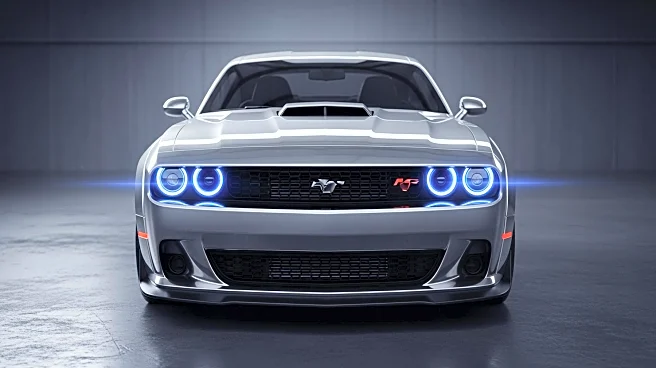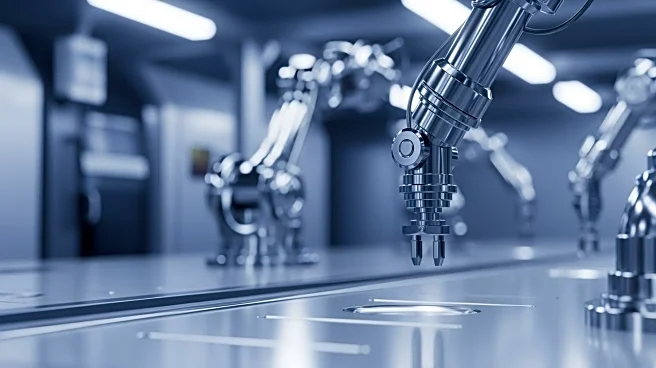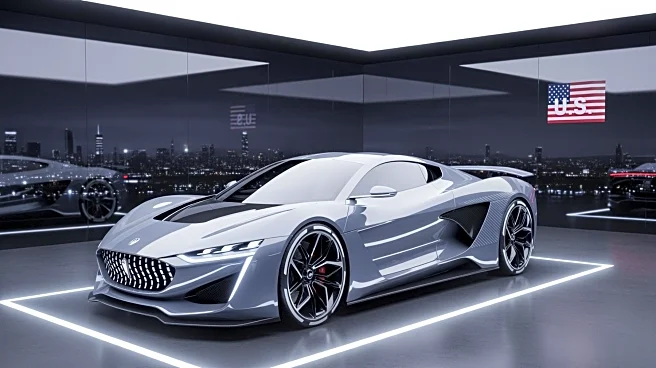What's Happening?
Stellantis, formerly known as FCA US, is focusing on the redesigned Dodge Charger, aiming to demonstrate the capabilities of its 6-cylinder engine against traditional 8-cylinder models. This strategic move is part of Stellantis' broader initiative to innovate
within the automotive industry and maintain competitiveness. The redesigned Charger is expected to offer a compelling value proposition, challenging the conventional preference for larger engines in performance vehicles. Stellantis is leveraging this redesign to highlight advancements in engine technology and efficiency, potentially appealing to a wider range of consumers who prioritize both performance and sustainability.
Why It's Important?
The redesign of the Dodge Charger with a 6-cylinder engine is significant as it reflects a shift in the automotive industry towards more efficient and environmentally friendly technologies. By focusing on a 6-cylinder engine, Stellantis is addressing consumer demand for vehicles that offer both performance and improved fuel efficiency. This move could influence market trends, encouraging other manufacturers to explore similar innovations. The success of this initiative may impact Stellantis' market share and reputation, positioning the company as a leader in sustainable automotive solutions. Additionally, it could affect consumer perceptions and preferences, potentially leading to increased adoption of smaller, more efficient engines in performance vehicles.
What's Next?
Stellantis is likely to continue its focus on innovation and sustainability, potentially expanding its range of vehicles equipped with efficient engines. The company may also invest in marketing strategies to highlight the benefits of the redesigned Charger, aiming to attract consumers who are environmentally conscious yet desire high-performance vehicles. Industry reactions could include increased competition as other manufacturers seek to develop similar technologies. Stellantis' success with the Charger may prompt further advancements in engine technology, influencing future automotive designs and consumer expectations.
Beyond the Headlines
The redesign of the Charger could have broader implications for the automotive industry, including potential shifts in regulatory standards related to emissions and fuel efficiency. As manufacturers innovate to meet consumer demands, there may be increased pressure to develop technologies that balance performance with environmental impact. This could lead to collaborations between automotive companies and technology firms to advance engine design and efficiency. Additionally, the focus on smaller engines may influence cultural perceptions of performance vehicles, challenging traditional notions of power and speed.













